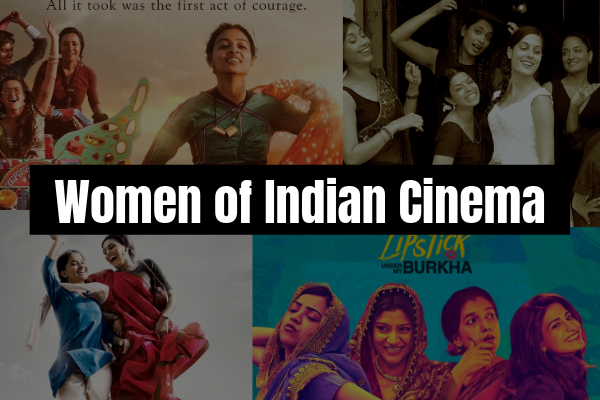Introduction
The portrayal of women in cinema has long been a subject of scrutiny, discussion, and debate. From the early days of silent films to the high-tech, visually stunning movies of today, the role of women in cinema has both reflected and challenged societal norms. Historically, women were often relegated to secondary roles, portrayed as love interests, damsels in distress, or supporting characters in male-driven narratives. However, as cinema evolves, so too does the representation of women, bringing with it more complex, diverse, and empowering portrayals.
The Early Years: Stereotypes and Conventions
In early cinema, women were often portrayed through the lens of patriarchal society. Female characters were largely one-dimensional, either embodying virtue or vice, with little room for nuance. The “heroine” was virtuous, nurturing, and submissive, while the “villainess” was cunning, seductive, and immoral. These binary depictions reinforced traditional gender roles and left little space for women to be depicted as fully realized individuals with their own motivations, ambitions, and desires.
The Golden Age of Hollywood: Glamour and Confinement
The Golden Age of Hollywood (1920s-1960s) brought about iconic female stars like Marilyn Monroe, Audrey Hepburn, and Katharine Hepburn. While these actresses became symbols of beauty and elegance, their roles often reflected the restrictions placed on women in society. They were frequently cast as love interests or objects of desire, their characters often defined by their relationship to men. Despite their undeniable talent, female actors were rarely allowed the same depth of character or story arcs as their male counterparts.
The Feminist Wave: Changing the Narrative
With the feminist movement of the 1960s and 1970s, there was a push for more realistic and diverse portrayals of women in cinema. Filmmakers began exploring themes of female autonomy, identity, and oppression. Movies like Rosemary’s Baby (1968), Alien (1979), and Norma Rae (1979) featured strong, complex female leads who broke away from traditional roles. These films not only gave women more agency but also began to shift the narrative about what it means to be a woman in film.
Contemporary Cinema: Representation and Empowerment
Today, women in cinema are experiencing a renaissance. Directors like Greta Gerwig, Ava DuVernay, and Chloe Zhao have made significant strides in bringing diverse female perspectives to the big screen. Films such as Wonder Woman (2017), Little Women (2019), and Nomadland (2020) have brought more nuanced, multidimensional portrayals of women to mainstream audiences. Female characters are no longer bound by traditional roles; they are warriors, leaders, intellectuals, and rebels. Women are seen as driving the narrative, making their own choices, and challenging societal expectations.
Challenges Persist: Objectification and Tokenism
While progress has been made, challenges still persist. Female characters are often subject to objectification, and tokenism is still prevalent. Women of color, LGBTQ+ women, and older women are often underrepresented or stereotyped. Moreover, behind the scenes, the film industry is still grappling with gender disparity in key roles like directing, producing, and screenwriting.
The Road Ahead: Intersectionality and Authenticity
As the conversation around representation continues, there is a growing awareness of the need for intersectionality in the portrayal of women in cinema. Authentic representation of diverse experiences, including race, sexuality, and socio-economic backgrounds, is becoming more central to the cinematic discourse. Movements like #MeToo and Time’s Up have amplified calls for not only more women on-screen but also more women behind the camera, ensuring that stories are told with nuance and authenticity.
Conclusion:
The portrayal of women in cinema has evolved from one-dimensional stereotypes to complex, empowering figures that reflect the diverse experiences of women today. As the industry continues to progress, the representation of women must become even more inclusive and multifaceted, paving the way for a cinematic landscape where every woman’s story is told with dignity and depth.


